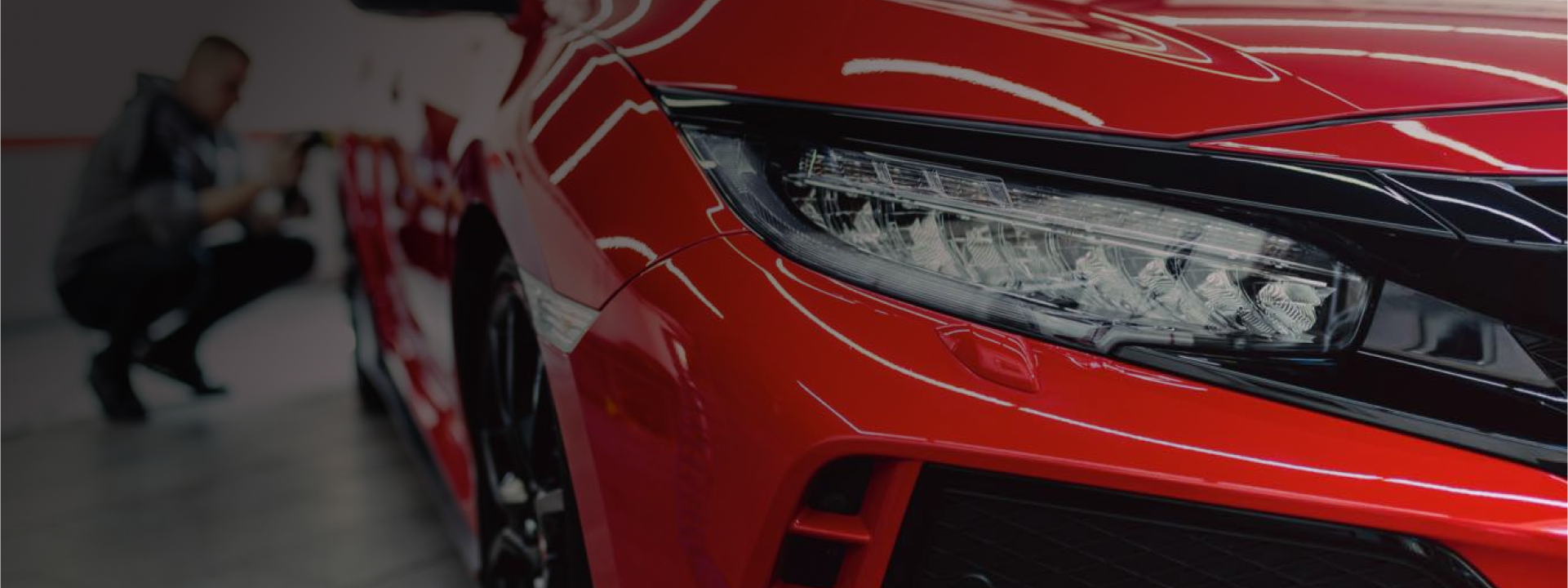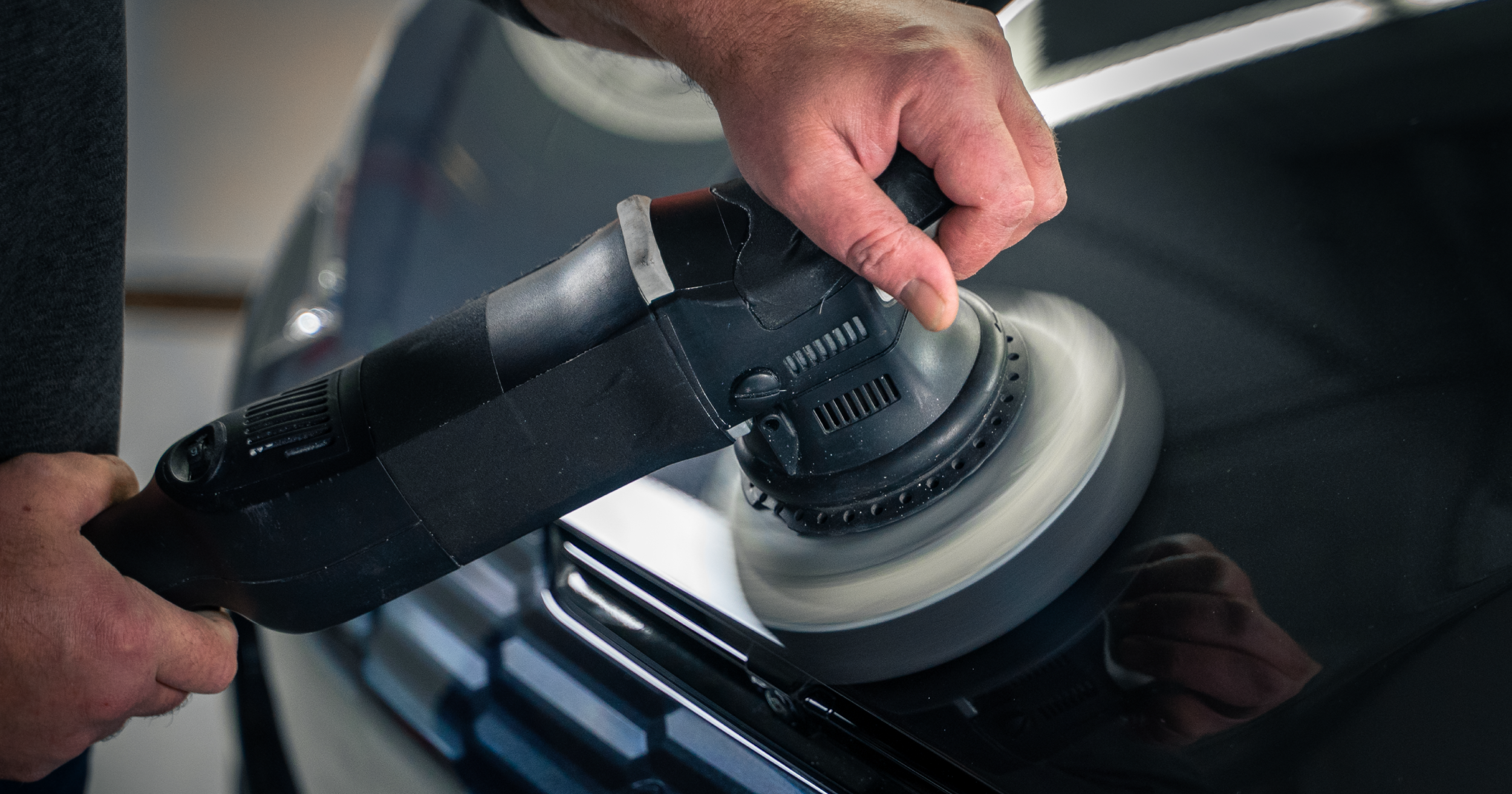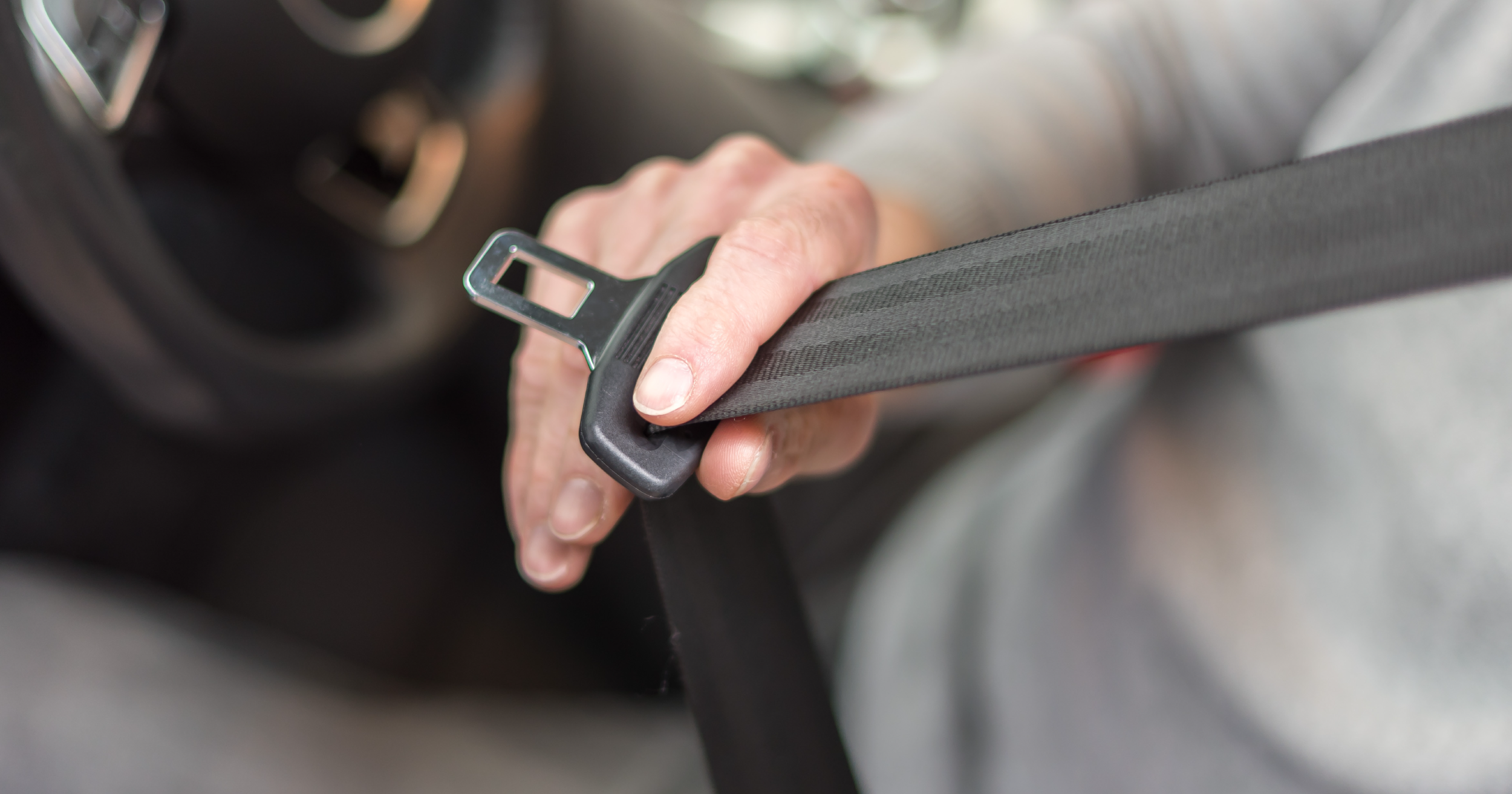The Ultimate Guide to Restoring Car Paint: Products and Methods
Poorly maintained paint can give way to visible scratches, water damage, and even rust. If you want to avoid a complete repaint of your vehicle, you need to address any existing damage and take preventative measures against future damage. To choose which products and methods are best for your paint restoration and correction needs, it is important to evaluate the severity of damage and to understand what type of paint is on your vehicle.
Table of Contents
- Preparing Surfaces
- Restoring Paint
- Restore Fading
- Revive Paint
- Single-Stage Paint
- Protecting Paint
- Waxes
- Coatings
- Key Takeaways
Prepare Painted Surfaces for Paint Correction
How Can You Clean Car Paint?
Surface preparation is essential to paint correction. A few steps should be taken to clean up car paint before any attempt to remove defects and imperfections. These steps include decontamination, washing, and claying.
First, remove any surface contamination. Residual adhesive, tar, grease, road oil, tree sap, bug impacts, and environmental fallout are all contaminants that can be worked deeper into the vehicle's clear coat if not properly removed before paint correction.
Next, be sure to wash your vehicle thoroughly to remove any remaining chemicals, dirt, road film, salt, grease, and grime. Dilute your chosen car wash according to the label instructions. Use the two-bucket wash method and always wash from top to bottom to avoid reintroducing dirt and debris to the paint.
Lastly, use a clay bar to effectively remove any remaining contamination from the car paint that has not been addressed in the previous two steps. While decontamination chemicals and car washes are critical for preparing painted automotive surfaces, they are not designed to remove harmful particles like metal and fiberglass. Clay bars will address these and other remaining contaminants.
Restoring Faded and Oxidized Car Paint
Can Faded Car Paint be Restored?
Faded car paint can be restored to a certain point. This depends on the severity of the fading, oxidation, and overall damage, as well as the age of the vehicle and paint job. As long as the damage has not penetrated the clear coat, there are likely ways to remedy damaged paint.
How Do You Revive Paint on a Car?
Reviving car paint to that new car look can be accomplished in a few paint correction steps. These steps include sanding, buffing, and polishing. Whether or not all of these steps should be taken, depends heavily on the amount of correction necessary.
First, you may consider wet sanding for heavy scratches and oxidation. Wet sanding will remove imperfections that buffing and polishing cannot. However, we recommend that only an auto detailing professional take this step. Without experience, you are more likely to damage your car paint. So, if this is something you feel is necessary, take your vehicle to a professional.
Buffing is a slightly more aggressive approach to paint correction than polishing. Buffing compounds utilize more aggressive abrasives and provide heavier cutting abilities. Therefore, buffing compounds are better for removing deeper scratches, heavier oxidation, and more damage than polishing compounds.
Polishes contain finer abrasives than buffing compounds and are best for light paint correction, removing swirl marks, light scratches, and other minor imperfections. Often, it is appropriate to buff and polish - in that order - to address all levels of damage and to reach a glossy finish. It is also possible that buffing is not necessary and that polishing can achieve an excellent finish alone. Again, this all depends on the severity of the damage and the level of car paint restoration required.
For the removal of light to medium paint defects, we prefer Accelerate All In One Polish & Protection. This polishing compound quickly removes swirl marks and light scratches, while also adding 90 days of protection and a slick, waxed surface.
How Can You Tell if a Car is Single-Stage Painted?
As previously mentioned, the vehicle and paint job ages are important considerations. Car paint exists in layers. These layers can be different, depending on the age and type of paint used. Typically these layers include the substrate, the primer, the base coat, and the clear coat. However, older vehicles tend to have single-stage paint jobs. Even today, some manufacturers still use single-stage paint for some vehicle colors. Single-stage paint is a combination of color and clear coat in one and does not have the added protection that a second layer of clear coat provides.
To determine what type of paint is used on your vehicle, apply a small amount of polish to an applicator pad or a clean microfiber cloth. Identify a small area of the painted vehicle surface that is not readily visible. Use the applicator or cloth to rub the polish onto this spot. If the paint color transfers to the applicator or cloth, it is single-stage paint. A clear coat will not allow the transfer of color away from the vehicle surface.
When car paint is corrected, it is the clear coat that is being leveled out to reduce the appearance of imperfections. The clear coat protects the base coat (or color) of the vehicle, so it is important to avoid burning through this protective layer. If the base coat becomes exposed, your vehicle is subject to lasting damage from UV rays, oxidation, acid rain, road tar, road salt, bird droppings, and more.
If you burn or buff through the base coat of your vehicle, exposing the primer, the only way to correct the appearance will be repainting. This is why single-stage paint requires much more care during restoration. Single-stage paint does not include an additional layer of clear coat and cannot withstand aggressive buffing. Instead, polishing is recommended as the primary approach to single-stage paint correction.
We love Rejuvenator™️ One-Step Auto Paint Restoration for single-stage paint restoration. This one-step polishing compound and glaze is the fastest and easiest way to bring gloss back to aged, oxidized, or environmentally damaged single-stage automotive paint. It is specially formulated to remove scratches and leave behind a beautiful, glossy finish that is protected by premium Carnauba wax and a high-performance polymer film.
Protecting Your Car Paint: How Do You Keep Paint from Fading?
You can take preventative measures to protect your car paint from fading, oxidation, and other damage. Parking in covered areas and washing regularly are just some things that can extend the life of your paint and keep it clear of contamination. However, some car detailing products are specifically designed to protect your paint finish.
Does Wax Restore Car Paint?
Car wax is not designed to restore faded paint. While some car waxes contain fillers that can improve the appearance of automotive paint temporarily, waxes are generally meant to protect paint after correction. Car waxes provide a shiny finish and a protective barrier against contamination that can fade and damage car paint.
Is Coating Better than Waxing?
Ceramic coatings are far more durable than waxes and offer longer-lasting protection. These coatings chemically bond with the vehicle surface and protect against UV damage, environmental contamination, and even some level of scratching. Some coatings are easy enough for car owners to DIY. As with any chemical detailing product, be sure to read all application directions, watch any instructional videos, and read all safety documentation before applying a ceramic coating. If you are not confident in your ability to follow the process properly, we recommend having a detailing professional handle installation.
For a full guide on choosing the best protection for your finish, see our Ultimate Guide to Protecting Car Paint.
Key Takeaways: The Ability to Restore Car Paint Depends on the Level of Damage and the Type of Paint
If scratches, contamination, and oxidation on your car paint are not so devastating that a repaint is necessary, you may be able to restore your finish to a new car look. Understanding the type of paint used on your vehicle and the level of correction necessary is key to choosing the product and application method that will yield the best results. With this guide, you should be able to determine the best approach for your car paint restoration needs.



